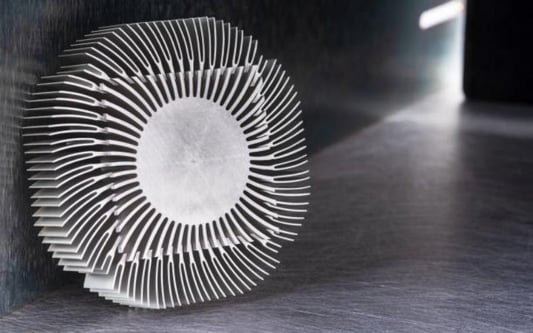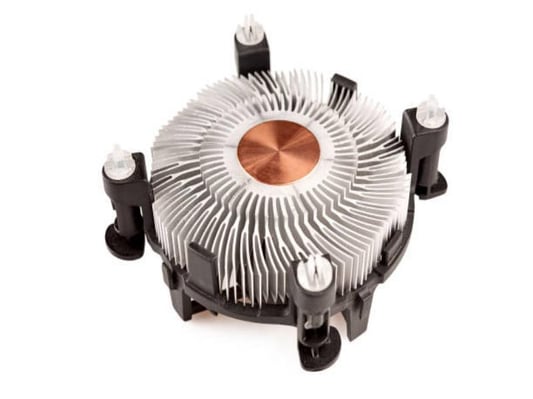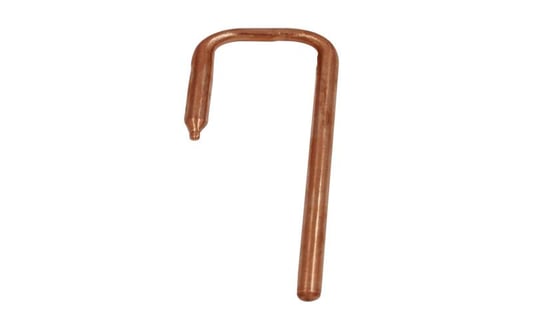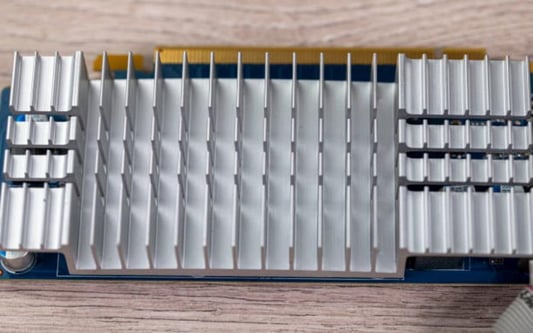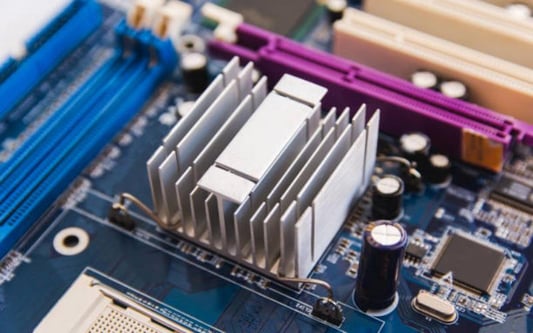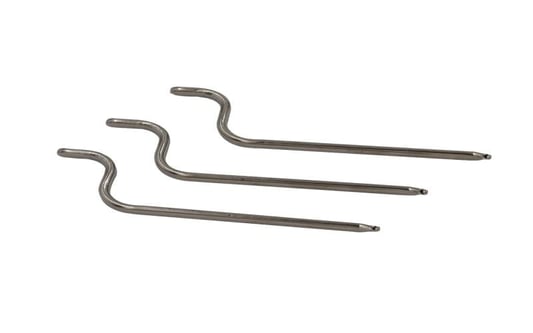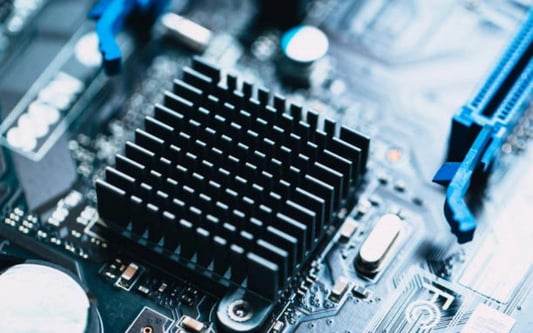Can I use multiple heat sinks on a computer?When it comes to keeping your computer cool, heat sinks play a crucial role in dissipating heat generated by the internal components. But what if you're wondering whether it's possible to use multiple heat sinks on your computer? In this article, we will explore the possibilities and considerations of using multiple heat sinks to enhance the cooling performance of your computer.The Purpose of Heat SinksBefore delving into the topic of multiple heat sinks, it's important to understand the purpose of heat sinks themselves. Heat sinks are devices designed to absorb and dissipate heat from a hot surface, such as a computer processor or graphics card. They typically consist of a metal base and fins that increase the surface area for better heat dissipation.Why Use Multiple Heat Sinks?Using multiple heat sinks can be beneficial in certain scenarios. If you have a high-performance computer with multiple components generating significant amounts of heat, such as a powerful CPU and a high-end graphics card, using multiple heat sinks can help distribute and dissipate the heat more effectively.Additionally, if you are overclocking your computer or running resource-intensive tasks that put a heavy load on your components, multiple heat sinks can provide better cooling and help prevent thermal throttling, which can lead to decreased performance and potential damage to your hardware.Compatibility and InstallationBefore considering the use of multiple heat sinks, it's crucial to ensure compatibility with your computer's components. Not all motherboards and cases are designed to accommodate multiple heat sinks, so it's essential to do your research or consult with a professional.When installing multiple heat sinks, it's important to ensure proper placement and adequate airflow. Each heat sink should be positioned strategically to maximize cooling efficiency. Additionally, you need to ensure that your computer case has sufficient space and proper ventilation to handle the additional heat sinks.Power and Cooling ConsiderationsUsing multiple heat sinks will require additional power and cooling capabilities. Each heat sink may require its own fan or be connected to existing case fans. It's important to consider your computer's power supply, as adding multiple heat sinks may increase power consumption.Furthermore, the increased cooling demands may require you to adjust your existing cooling setup. If you are using liquid cooling, for example, you may need to upgrade the radiator or add additional fans to maintain optimal temperatures.Benefits of Using Multiple Heat SinksUsing multiple heat sinks can offer several benefits, including:Improved Cooling Performance: Multiple heat sinks can help distribute and dissipate heat more effectively, keeping your components running at lower temperatures.Preventing Thermal Throttling: By enhancing cooling, multiple heat sinks can help prevent thermal throttling, ensuring consistent performance from your computer.Extended Hardware Lifespan: By keeping temperatures in check, multiple heat sinks can contribute to the longevity and reliability of your computer's components.Potential DrawbacksWhile using multiple heat sinks can be advantageous, there are a few potential drawbacks to consider:Increased Complexity: Installing and managing multiple heat sinks can be more complex and time-consuming compared to using a single heat sink.Higher Cost: Multiple heat sinks, along with the necessary additional fans and potential upgrades, can add to the overall cost of your cooling solution.Noisy Operation: More heat sinks and fans can result in increased noise levels, which may be a concern for those seeking a quieter computing experience.ConclusionSo, can you use multiple heat sinks on a computer? The answer is yes, but it's crucial to ensure compatibility, proper installation, and consider the additional power and cooling requirements. While using multiple heat sinks can provide improved cooling performance and prevent thermal issues, it's essential to weigh the benefits against the potential drawbacks and determine if it aligns with your specific computing needs.multiple heat sinks on a computer, heat sinks, computer cooling, compatibility, installation, power and cooling considerations, improved cooling performance, preventing thermal throttling, extended hardware lifespan, drawbacks Can I Use Multiple Heat Sinks on a Computer? Explained Wondering if you can use multiple heat sinks on your computer? Learn the benefits, drawbacks, and considerations of using multiple heat sinks to enhance cooling performance.Quote InquiryFooter


